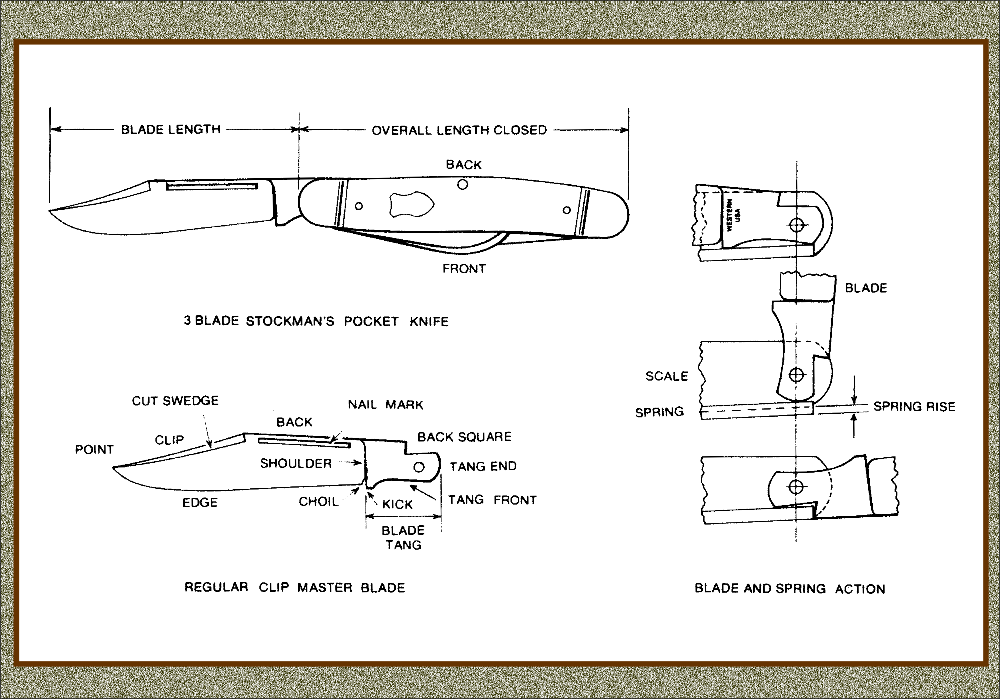MadMaximus
Platinum Member
- Joined
- Feb 26, 2014
- Messages
- 318
I have a GEC that rides a little high when the blade is closed, the tip is nearly out of the handle. Is there any way to adjust that? I thought that filing the kick down a bit might do it, but not really sure if the geometry of the tang would jive with that. Anybody ever do that? Comments? Ideas? Thanks!





